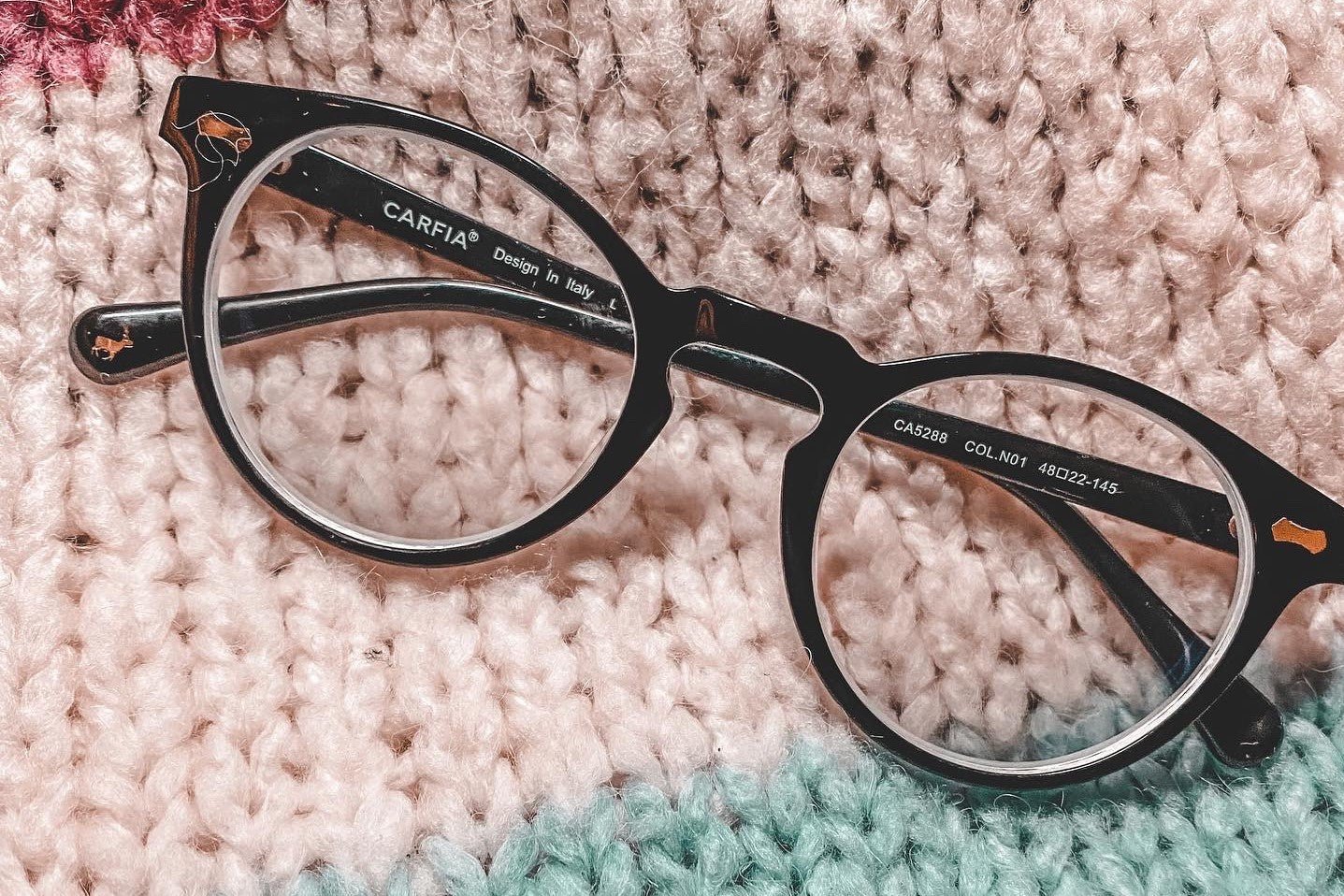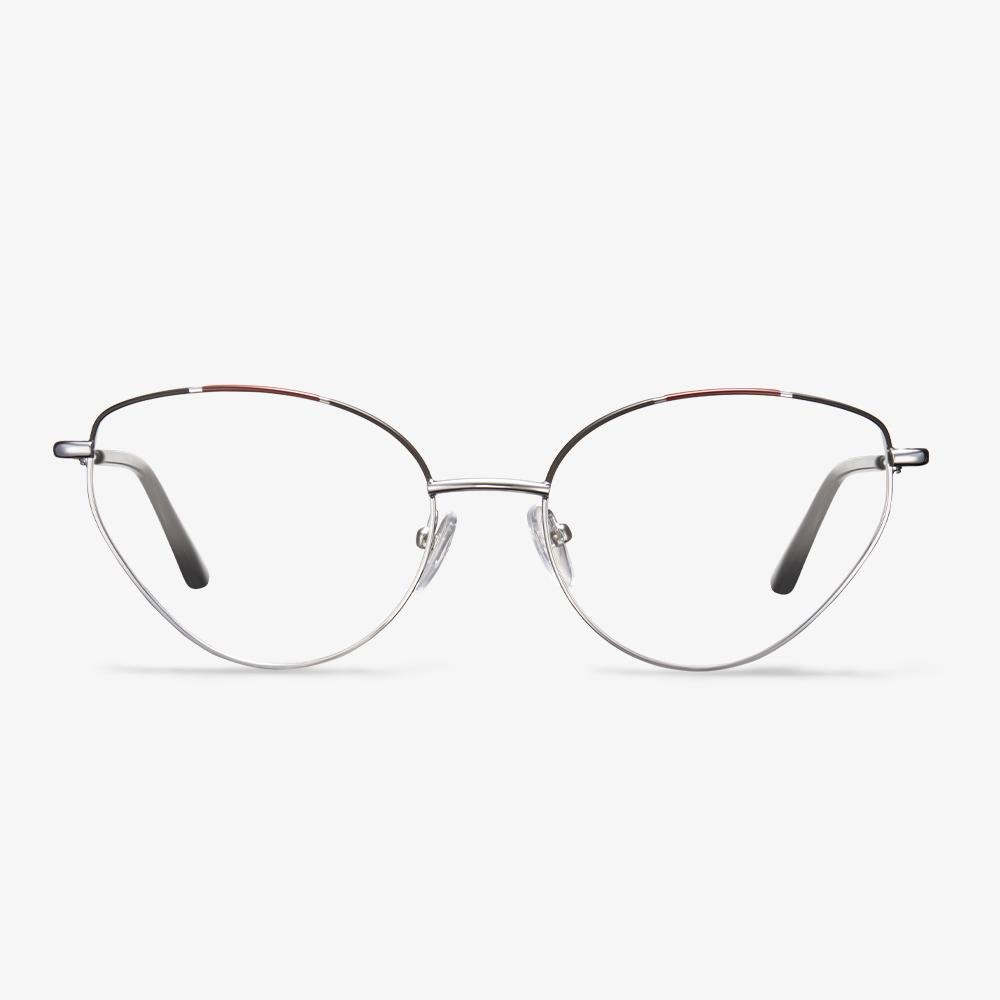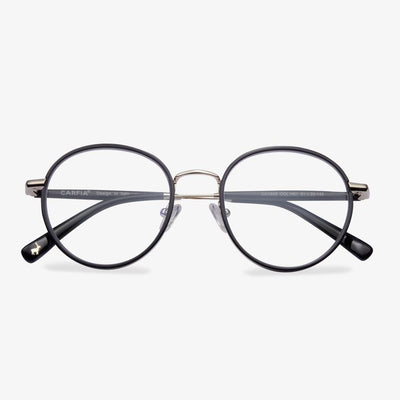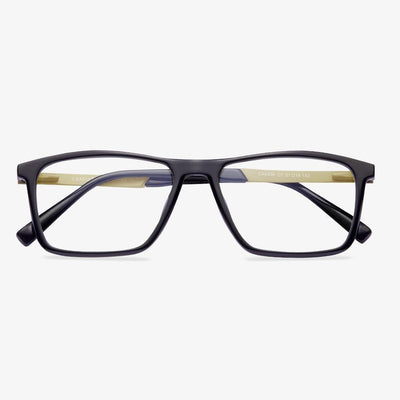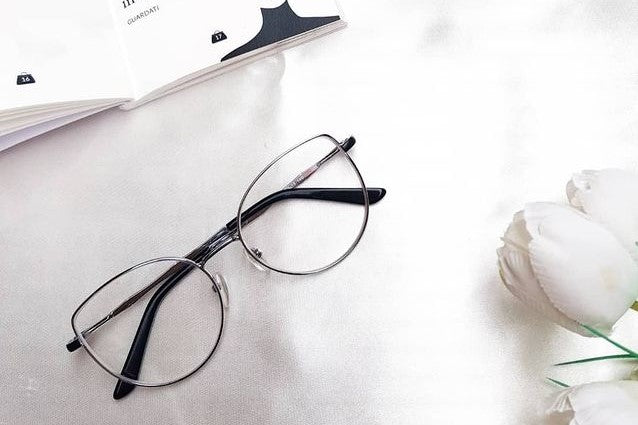Contact lenses or glasses, which is better?
The choice between glasses and contact lenses is a matter of personal preference. Lifestyle, comfort, convenience, budget, and beauty should be all the factors in your decision. Each approach has its pros and cons in terms of vision, ease of use, and eye health. So deciding that if you wear contacts or glasses, and when, is often a matter of personal preference. But Keep in mind that if you wear contacts all day, you should have up-to-date glasses in case you need to stop because of an eye infection or irritation.
What are keyhole glasses?
Keyhole glasses have a keyhole bridge. The keyhole bridge is shaped like a keyhole and is located on one side of the nose. Bridge glasses are one of the most beloved styles in the history of optics. The keyhole bridge has the shape of a keyhole. The keyhole bridge is arguably one of the most popular eyewear features. With the rise of acetic acid frames in the 1950s, keyhole glasses became widely popular. The ductility of the new material allows for a simplified manufacturing process, thus creating room for creative experimentation in the frame development.
Pure titanium
When the titanium purity reached more than 99% of the titanium metal materials, they can be called pure titanium glasses. Many people may not know what pure titanium is. In reality, many famous brand glasses are made of this material. The frames made of pure titanium have the benefits of high melting point, light material, strong resistance to corrosion, and strong electroplating, to ensure the two important properties of beauty and durability spectacle frames.
Why are titanium glasses so expensive?
Light Weight. The term 'pure titanium' means a titanium metal material with a purity of more than 99%. A mineral containing titanium was found in 1791, but pure titanium was not produced until 19. Pure titanium glasses are lighter than titanium alloy glasses. For frames of the same design or appearance, titanium frames weigh only half as much as other ordinary metal frames, reducing the load on the bridge of the nose.
Is there a standard for lens material selection?
No, again, according to your needs and budget. The materials of lens mainly include glass and resin, among which resin materials are divided into thermoplastic materials and thermosetting materials, respectively represented by PC and CR39. Different from the lens frame, the lens market choice is more uniform. And in recent years, resin lenses do better and better, most people choose thermosetting resin lenses.
Advantages of progressive lenses
1. The appearance of the lens is like a single vision lens, and the dividing line of the degree change cannot be seen. Not only is the appearance beautiful, but more importantly, it protects the age privacy of the wearer. There is no need to worry about leaking the age secret due to wearing glasses.(https://www.koalaeye.com/collections/progressive-glasses)
2. Since the change of lens power is gradual, there will be no image jump. It is comfortable to wear and easy to adapt.
3. Because the degree is gradual, the replacement of the adjustment effect is gradually increased according to the shortening of the short distance. There is no adjustment fluctuation, and it is not easy to cause visual fatigue.
4. Clear vision can be obtained at all distances in the visual range. A pair of glasses meet the use of long-distance, near use, and various distances in between. It is especially good for teachers, doctors, music workers, and computer operators because these people not only need to see far and near objects clearly, but most of the time they also need to be able to see objects at intermediate distances such as blackboards, piano scores, and computer screens. This is not possible with lenses other than progressive lenses.
5. At present, both internal and external ophthalmologists agree that young people should wear low-degree convex lenses when reading and writing to reduce near-use adjustment, thereby alleviating or preventing the occurrence and development of myopia. This gives the progressive multifocal lens a new meaning and mission. Physiology found that excessive use of the eyeball adjustment function can form 'accommodative spasm' or pseudo myopia. Continued development can produce longitudinal eye axis elongation and induce 'true myopia' or axial myopia. The external luminosity of the progressive lens can be artificially added to the progressive luminosity. The upper is used for looking far, and the below is used for looking near, which makes the eyeball relax and over-adjust. The ever-changing luminosity of the lens replaces the 'accommodative power' that should have been activated, blocking the vicious circle of adjusting the eye axis elongation, making the eye not easy to fatigue, and slowing the development of myopia.
The refractive index of the lens is related to the thickness of the lens.
The main factors that determine if a pair of finished glasses are beautiful, portable, and comfortable depending on the thickness and thinness of the processed lenses. Depending on the material, the index of refraction is different. If you just look at the refractive index, the higher the refractive index at the same degree, the thinner the lens will be. The thinner the lens will be, and the more beautiful the lens will be. However, the higher the refractive index, it is not the better. You can choose the refractive index lens suitable for yourself. But the refractive index is not the only factor that determines lens thickness. Think about the distance between your eyes and the size of the frames you choose, which can affect the thickness of the lenses you match. The larger the pupil distance, the smaller the frame, and the thinner the lens.
















